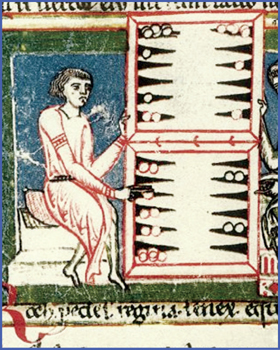
5000 BCE: The earliest form of dice are made of sheep knuckles.
3100 BCE: The game Senet is first played.
2650 BCE: The Royal Game of Ur is first played.
1323 BCE: King Tut is buried with four board games to keep him entertained in the afterlife.
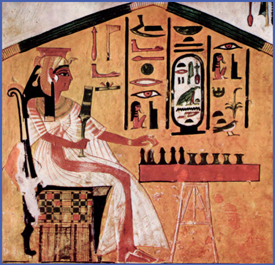
1000 BCE: The earliest form of dice are made of sheep knuckles.
1000 BCE: Weiqi (Go) becomes a popular game.
3000–1000 BCE: Mancala boards, which include rows of pits, are dug in dirt and carved in stone so people can play.
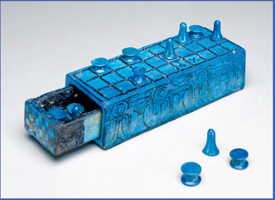
868 CE: The first mention of a card game is recorded in China as the “leaf game.”
1904: Lizzie Magie patents the Landlord’s Game, an early version of the famous and popular game of Monopoly.

1968: Gen Con is founded and about 100 people attend this gaming conference.
1974: Dungeons & Dragons is first published by TSR.
1993: Magic: The Gathering is released by Wizards of the Coast.
1978: Spiel des Jahres is founded to reward excellence in game design.
1995: Settlers of Catan is first published in Germany and becomes the first German-style game to gain popularity outside of Europe.
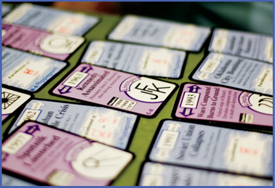
1995: Settlers of Catan wins the Spiel des Jahres.
2008: Pandemic, a cooperative board game, is published and becomes one of the most successful cooperative games.
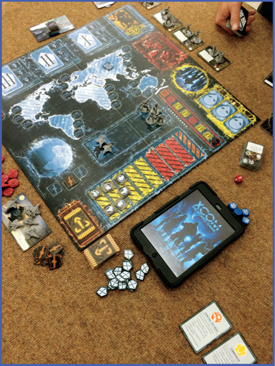
2009: Kickstarter is launched, allowing people to raise money to develop games and other creative products.
2011: Risk Legacy is published, a game that changes each time it’s played according to the outcome of the last game.
2015: Pandemic Legacy is published, another game in which past outcomes carry over into future games.

2018: Azul, a game based on Portuguese tiles, wins the Spiel des Jahres.
